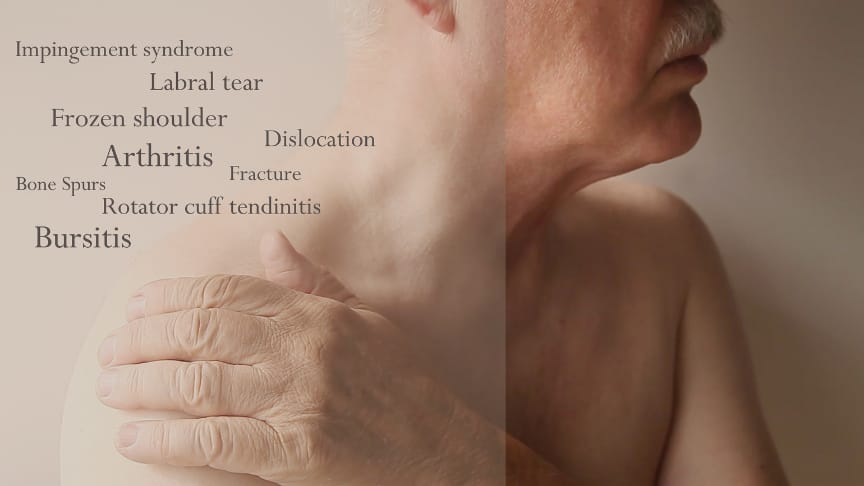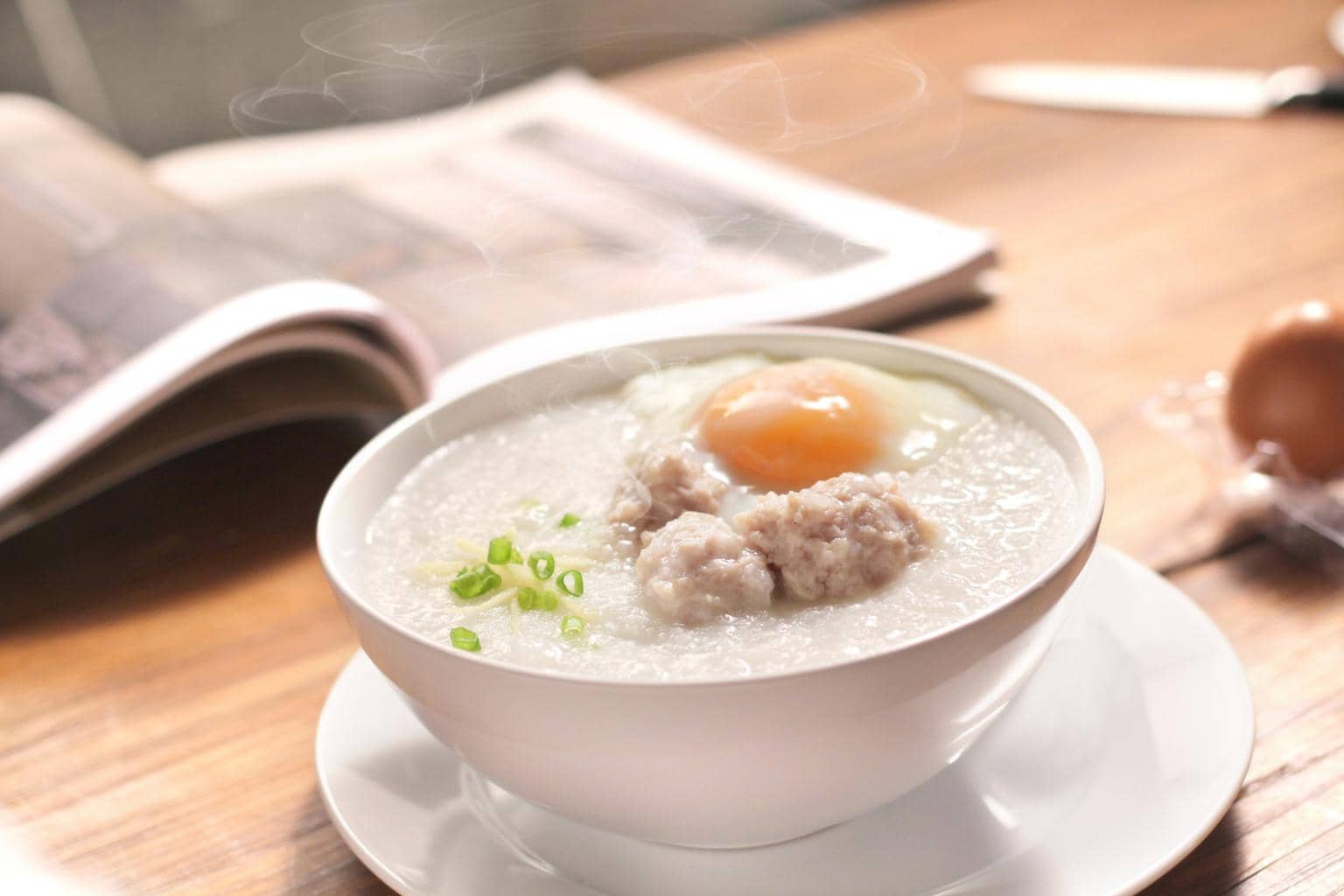What causes shoulder pain?
Some common causes of shoulder pain is rotator cuff dysfunction due to tendonitis, bursitis, adhesive capsulitis, arthritis, bone spurs, dislocation or broken shoulder bone, and nerve injury (Uppal et. al., 2015).
A sudden shoulder pain with sharp and crushing pain that runs from your chest to the left jaw, arm or neck, accompanied with shortness of breath, dizziness, or sweating may be a sign of a heart attack (Arthritis Australia). Call emergency number “000” if you experience the above.
Injury to the shoulder like dislocation is very painful and need immediate attention. Call the ambulance to receive treatment.
Frozen shoulder
FS is also known as adhesive capsulitis (Kim, 2021).
What is the cause of FS?
According to research, inflammation in the shoulder joint & surrounding capsule can occur due to overuse. According to Uppal et. al (2015), frozen shoulder happens when there is a contracture in the capsule of the shoulder joint, thus reducing the capsular volume and restricting movements. Sometime previous injury to the muscles, tendons and ligaments may also cause your shoulder to become stiff.
Existing medical condition like arthritis, diabetes, and thyroid disorder can contribute to the above conditions.
Signs and symptoms
You may experience:
- dull, achy pain, and stiffness in the shoulder joint.
- reduce mobility of the arm
- pain in upper arm
- unable to sleep/lie on the side of arm
It has been shown that a high percentage of women age between 40 and 60 years are prone to frozen shoulder (Uppal et. al, 2015).
What can you do?
Depending on the intensity of discomfort, you can:
- check with your GP and get referral for imaging service
- take pain-killer for temporary relief if pain is unbearable with advise from the GP
- corticosteroids injection
- book a treatment with your physio, massage, acupuncture or chiro
- do range-of-motion exercises with advise from your therapist
- seek opinions for surgery if the cause is not due to surgery
How does acupuncture help?
Conventional therapy may recommend a keyhole surgery called arthroscopic capsular release, to cut the tight capsular tissues surrounding the shoulder joint, thus allowing the shoulder to move more freely.
Acupuncture on the other hand, use needles to bring more qi and blood to the area. Green et. al (2005), stipulated that “acupuncture works either by releasing chemical compounds in the body that relieve pain, by overriding pain signals in the nerves or by allowing energy (Qi) or blood to flow freely through the body”.






